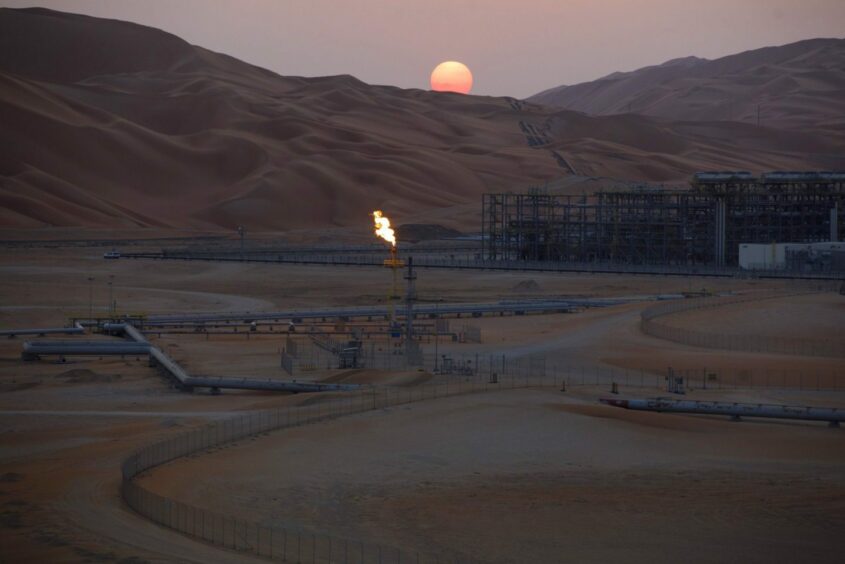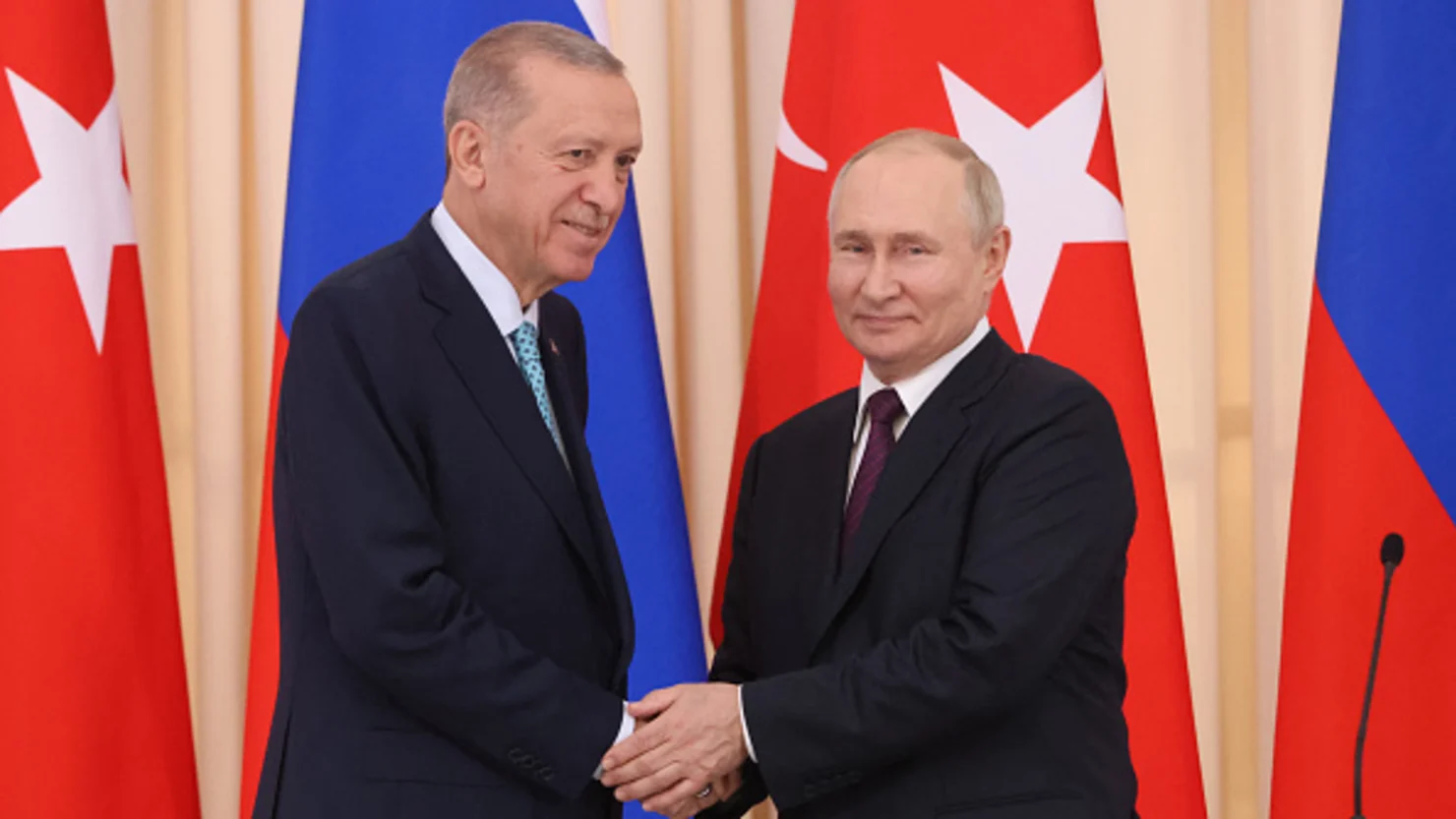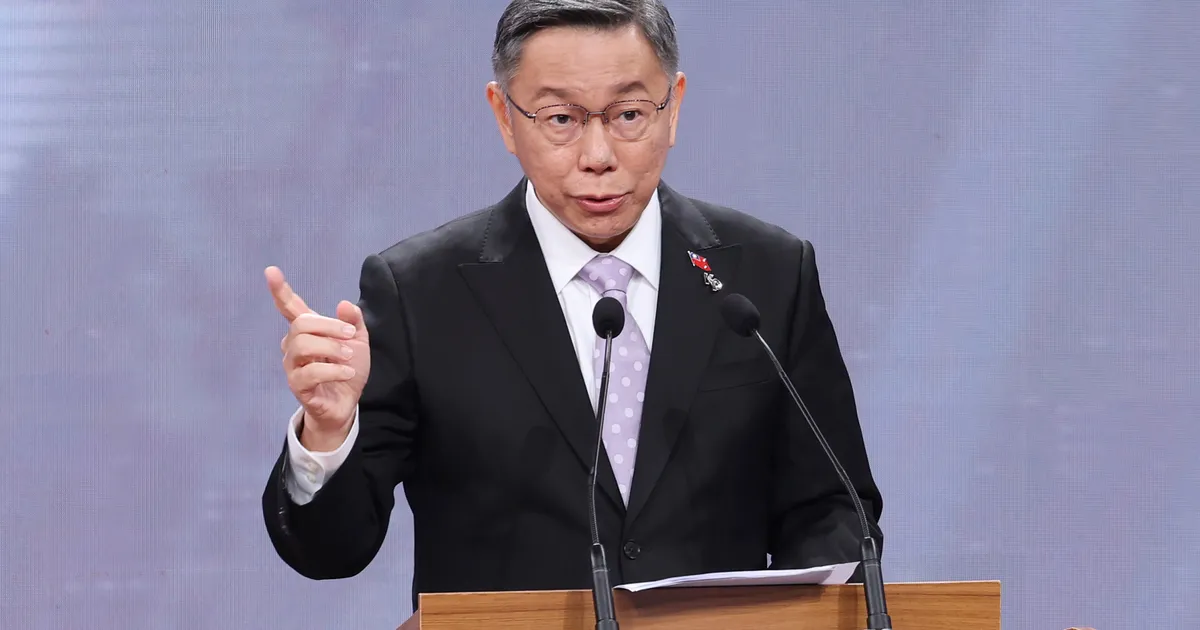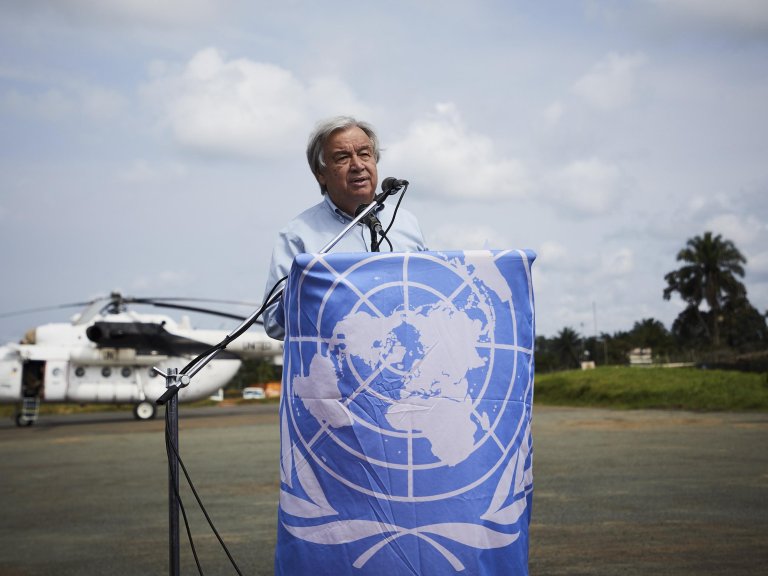Oil supply cuts by Saudi Arabia and Russia will create a “significant supply shortfall” and threaten a renewed surge in price volatility, the International Energy Agency warned, according to Bloomberg.
Global oil markets face a deficit of 1.2 million barrels a day during the second half of 2023 following last week’s announcements by the OPEC+ leaders that they’ll extend cutbacks to the end of the year, the agency said. It’s smaller than projected last month, as a result of historical changes to demand estimates, but still poses risks for consumers.
Even if the two producers were to relax their curbs in early 2024, oil inventories will be severely depleted, leaving prices vulnerable to shocks, the IEA said. Brent futures climbed to a 10-month high above $92 a barrel on Tuesday.
“The market is really tightening in the second half of the year,” Toril Bosoni, the head of the IEA’s oil market division, said on Bloomberg TV on Wednesday. “Already in August we saw global oil inventories falling by a massive 75 million barrels, according to preliminary data.”
The Saudis and other OPEC+ nations regularly say their intervention is aimed at balancing markets, but the group’s own data released on Tuesday point to an even bigger supply hole in the coming quarter of more than 3 million barrels a day — the largest in at least a decade. The OPEC+ coalition has given little explanation for its current strategy.
“Oil stocks will be at uncomfortably low levels, increasing the risk of another surge in volatility that would be in the interest of neither producers nor consumers, given the fragile economic environment,” the IEA said. The agency advises major consuming countries such as the US.
It’s potentially a political issue for President Joe Biden, as he prepares for next year’s reelection campaign with voters still smarting from a period of high inflation and gasoline prices close to $4 a gallon. The IEA is concerned about the impact of high prices on the fragile global economy and the pace of monetary easing, Bosoni said.
The IEA report represents a more explicit criticism of the Saudi-Russia partnership than in the past, focusing on the energy disruption and inflationary spike unleashed by Moscow’s war against Ukraine.
“The Saudi-Russian alliance is proving a formidable challenge for oil markets,” the Paris-based IEA said in its monthly report on Wednesday. “The extension of output cuts by Saudi Arabia and Russia through year-end will lock in a substantial market deficit through the fourth quarter.”
Tensions between the agency and the producers’ group have flared in recent years, as the IEA slammed OPEC+ for squeezing consumers and Riyadh scorned the agency’s projections for the transition away from fossil fuels.
IEA Executive Director Fatih Birol said on Tuesday that demand for oil may reach its maximum level this decade as consumers shift to renewable energy to avert catastrophic climate change. “We may be witnessing the beginning of the end of the fossil fuel era,” he said.
The IEA cut its estimates of global oil demand for each year since 2022 by 400,000 barrels day. The historical revision shrank the outlook for the supply deficit expected later this year even as OPEC+ members further constrained supply.
Nonetheless, the agency continues to estimate that world consumption hit a record in June and will climb by 2.2 million barrels a day this year to an all-time annual high of 101.8 million a day. China, despite wrestling with multiple economic crises, will account for 75% of the growth.
The increase in world consumption will decelerate considerably in 2024 to 990,000 barrels a day, in tandem with weaker global economic expansion and a fading reliance on oil as a transport fuel, the IEA said.










Trackbacks and Pingbacks